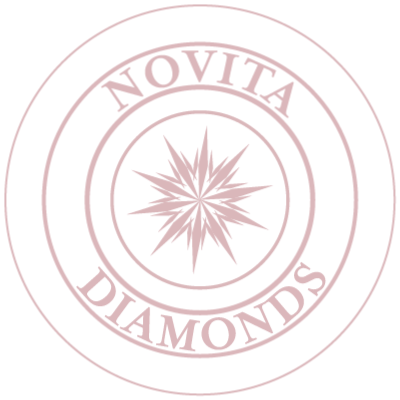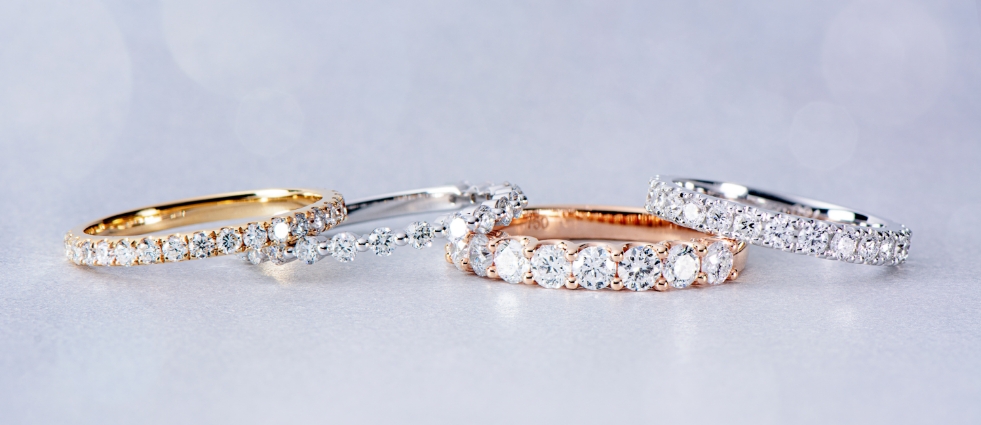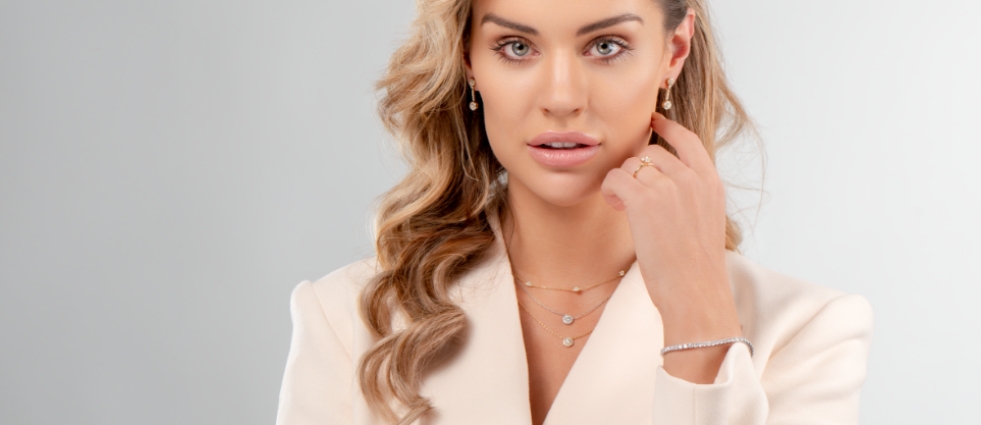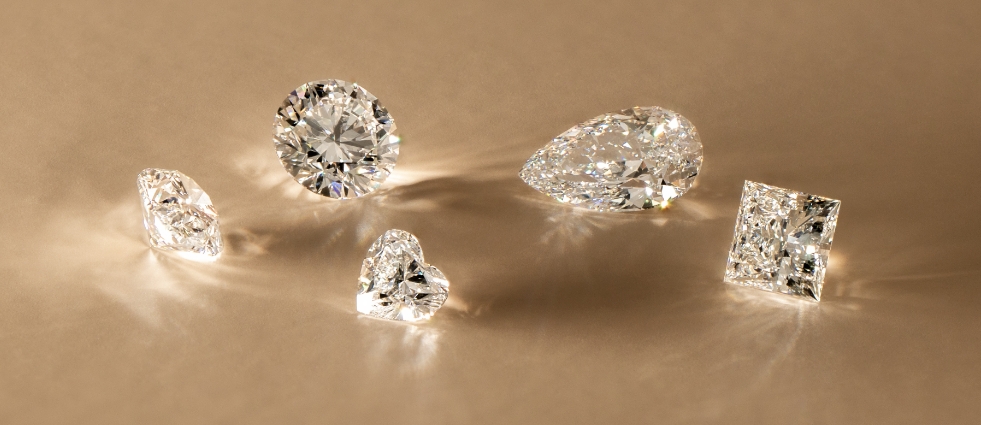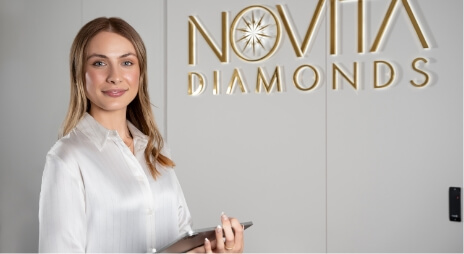The British company De Beers, through one of their phenomenally successful marketing campaigns in the early 1900s, made diamonds the prime choice of stone for engagement rings. A famous catchphrase that is instantly recognizable to many is "Diamonds are forever", which is just one of De Beers’ many successful slogans throughout decades of targeted marketing.
Not only did De Beers "advertising contribute to diamonds" widespread popularity but also the fact that diamonds are indeed the finest stones. This article will provide an overview of all the major diamond alternatives available in the present times and how they stack up against real diamonds.
WHY DIAMONDS?
The phrase "Diamonds are forever" is derived from the fact that diamonds are the strongest natural material known to man. Their properties, including hardness, sparkle, and brilliance, surpass those of other stones and gems. While we have previously discussed the properties and composition of diamonds in depth, in this article, we will briefly explain why alternative stones are not as suitable for engagement rings.
Tip: Diamonds are renowned for being the strongest natural materials, but it is important to remember that they still require proper care to avoid damage. Accidentally hitting your ring too hard can lead to damage of the diamond girdle or even loss of the diamond if the setting's safety mechanism is also damaged.
WHY NOT MOISSANITES?
Due to their low level of hardness, moissanites are not a practical alternative to diamonds. In fact, diamonds are four times harder than moissanites.
These stones are not white. Moissanites, on average, have a lower color grade compared to diamonds. In dim lighting, this difference in color grading becomes more pronounced as moissanites are characterized by a brown tint that makes them appear darker when compared to diamonds.
Moissanites have an iridescent sparkle, whereas diamonds have a white sparkle. The rainbow-like sparkles of moissanites can be striking, but they can also make the stone appear more like costume jewelry, rather than a fine diamond.
Moissanites have double refraction, meaning when viewed from the top down, the point where the facets join is visible as two distinct lines instead of one, due to the way light is bent as it enters and exits the stone. This can be noticeable and detract from the overall appearance of the stone.
